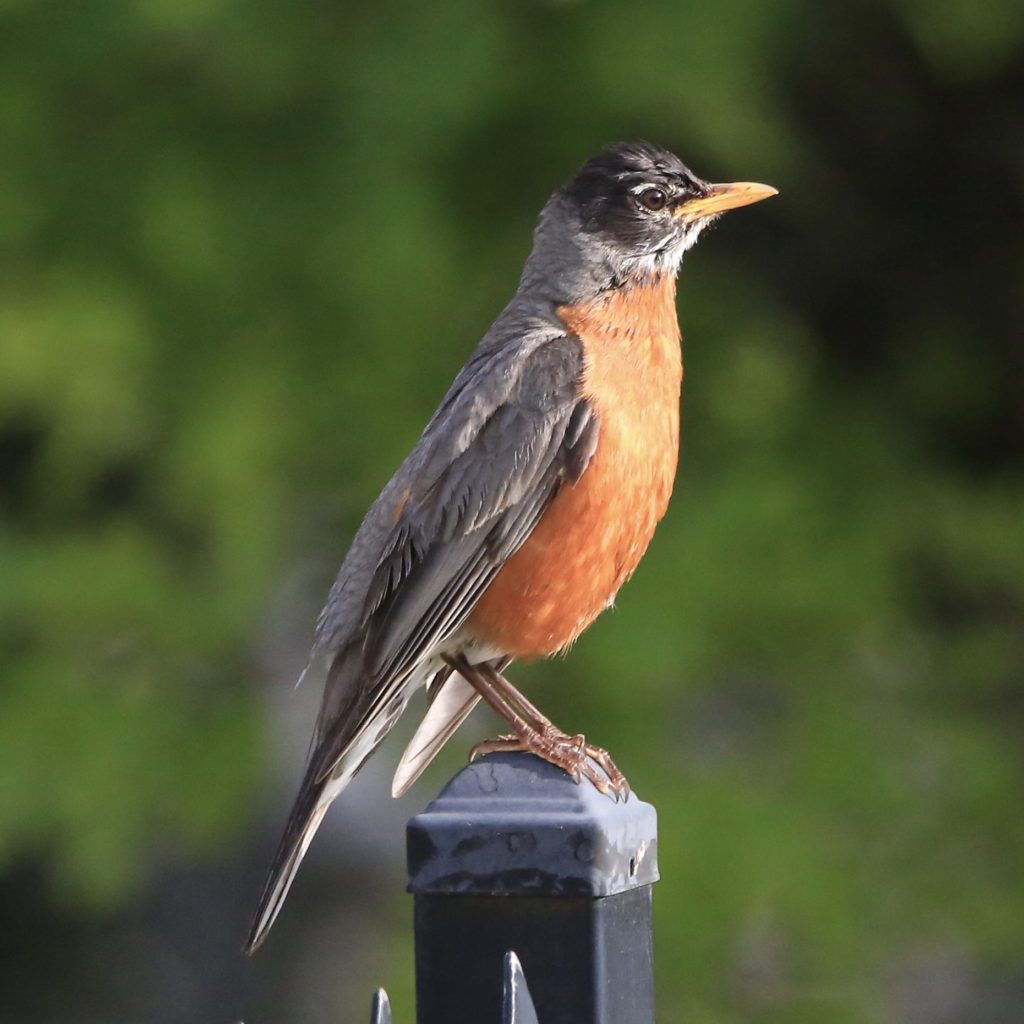
Bird Watching at Bryce Canyon National Park
Share
The arid land home to a range of trees, shrubs, and plants supporting a wide variety of birds and other wildlife, the Bryce Canyon National Park is situated in southwestern Utah. Despite being named "Canyon", the park's central feature is, in fact, not a canyon. Instead, Bryce Canyon is a naturally formed collection of giant amphitheaters along the eastern side of the Paunsaugunt Plateau.
The park's distinct geological structures, called hoodoos, are multi-colored rock pinnacles that provide incredible views for the park visitors. The canyons and plateaus at Bryce Canyon National Park are home to many animals and birds.
Major Attractions at Bryce Canyon National Park
The uniquely formed rock structures that glow under the soft light of the rising or setting sun are the most significant attraction Bryce Canyon National Park has to offer. The park is open year-round and is enjoyable for visitors any season. In winters, there are many activities like skiing, snowshoeing, or even trekking through the park trails while taking in the snowy views of the white cover hoodoos and canyon walls.
Opt for horseback riding to travel the canyon and experience the beautiful scenic areas that Bryce Canyon National Park offers. During the night, the sky is lit by over 7,500 shining stars that can be seen in an overnight stay while camping or in the midnight tours. Some of the popular trails in Bryce Canyon include the Rim Trail, the Mossy Cave Trail, the Peekaboo Loop Trail, and the Queen's Garden Loop.
GET KIDS BIRD WATCHING
Bird Watching at Bryce Canyon National Park
Home to over 175 different documented species of birds, the concentration of the aerial visitors is made of migratory birds. Some use the park as a rest stop, while others stay for a whole season. Fewer still are resident birds. However, birds like migratory Hummingbirds, nesting Peregrine Falcon, Rocky Mountain Elk, and Pronghorn are often seen crossing through the forested plateau and barren amphitheater every day. In the search for food and shelter, many
birds share the habitats found inside the park.
Although spring arrives later in the park's higher elevations, by late February and early March, birdwatchers can observe Western Bluebirds and American Robins returning from lower elevations. They are followed by Warblers in late April or May when Yellow-rumped Warblers, Grace's Warblers, Black-throated Gray Warblers, and others start flying in.
The main breeding season sets in from May to July for Bryce Canyon National Park. The songs of various Hummingbirds like the Black-chinned, Broad-tailed, and Rufous. There are also Hermit Thrushes, Western Tanagers, Green-tailed Towhees, Wood-Pewees, and Flycatchers that can be heard till mid-August. The resident bird population, including Townsend's Solitaires, Nuthatches, Chickadees, Juncos, Woodpeckers, Corvids, and Raptors, are commonly seen in the colder months.
Some species are common in all areas of the park. These include Common Ravens, Steller's Jays, White-breasted Nuthatches, Townsend's Solitaires, Downy and Hairy Woodpeckers, and Dark-eyed Juncos.
10 Birds to See at Bryce Canyon National Park
Peregrine Falcon
Peregrine Falcons are blue-gray with spots on their underbelly. They live all throughout North America. They make their homes in open country and along coastal mountains. Their population is currently stable and increasing after a sharp decline. Peregrine Falcons eat other birds such as ducks, songbirds, and Pigeons. Peregrine Falcons are one of the largest Falcons and also one of the fastest birds. They can reach speeds up to 200 mph as they dive down to capture their prey. People often train Peregrine Falcons for hunting. These Falcons like to build their nests on cliff ledges and lay 3 to 5 eggs. They migrate along the coastline and often go out to sea.
American Robin
American Robins have a round orange chest and gray-brown feathers. They live across North America. Their population is widespread and abundant. Their habitat is in cities, lawns, and forests. They lay about 4 eggs and sometimes up to 7. The eggs they lay are a pale blue color and are often referred to as “robin’s-egg blue”. They enjoy eating earthworms right out of the ground in the morning and fruit in the afternoon. American Robins migrate in flocks during the day.
Black-chinned Hummingbird
Black-chinned Hummingbirds are small green-backed Hummingbirds with a thin strip of purple on their black chin. These birds live in the western U.S. Their population is stable. They make their homes in river groves and near the suburbs. Black-chinned Hummingbirds make a low-pitched sound with their wings and enjoy feeding on nectar and small insects. These birds lay 2 eggs in small cup-shaped nests 4 to 8 feet off the ground. They are migratory birds; they spend winters in Mexico.
Broad-tailed Hummingbird
Broad-tailed Hummingbirds have a big head and long, straight bills. They are green in color with a patch of magenta on their throats. They live in the high mountain meadows of the western United States. There has been a decline in population, but they are not considered endangered. Broad-tailed Hummingbirds make their homes in forests and mountain meadows. They are attracted to meadow flowers because they drink nectar. They lay 2 eggs and build their small nests 4 to 20 feet high in trees. Their nest is neatly made up of spider webs and plants. Broad-tailed Hummingbirds migrate both in spring and fall.
Rufous Hummingbird
Rufous Hummingbirds are an orange color almost like a penny. They also have red throats and long straight bills. Their population has declined, but they are still common and widespread. They make their homes in mountain meadows and forests in the western part of North America. Rufous Hummingbirds like to feed on nectar and insects. They will visit hummingbird feeders in backyards. They are very protective and will chase off other birds or animals. Rufous Hummingbirds lay about 2 eggs and make their nests very camouflaged up in trees. They migrate along the western part of North America sometimes reaching parts of Alaska and down to South America.







































































